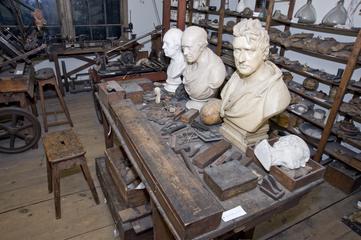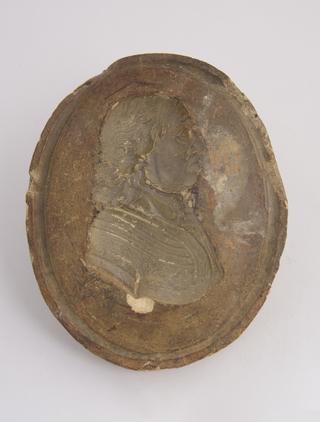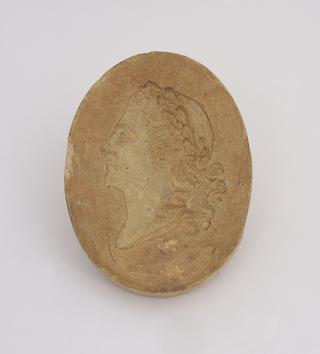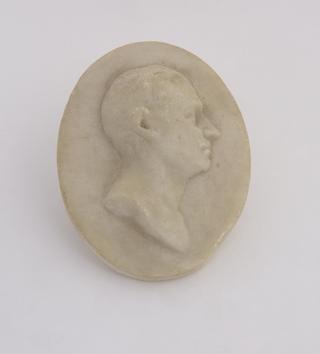
Nine mahogany strip brass pin gauges
- maker:
- James Watt
Nine mahogany strip brass pin gauges, three gauges with five pins, one long gauge with four pins, two short gauges with four pins, one long gauge with three pins, one gauge with eight pins arranged 1-3-3-1, one gauge with two pins arranged in two directions, by James Watt, Glasgow, Scotland, 1758-1769. Used for positioning the drilling of flute finger holes. The pins have been positioned by using a marking gauge.
Three 5 pin gauges: markers for lower body joint, marking key hole, three finger-holes and body end. For D flutes (slight variations).
Gauge with eight pins arranged 1-3-3-1: Mark little finger-holes on foot joint, six more holes and the top of body for piccolo like RCM 763.
Gauge with two pins arranged in two different directions: Long span gives length of left-hand joint (upper). Shorter span gives length of right-hand joint (lower). External measurements of body parts for D flute.
Long gauge with four pins: Marks one joint three + one finger-holes, for F flute
Long gauge with three pins: Finger-holes and fipple-hole for galoubet RCM 65 – pipe to go with drum
Two short gauges with four pins: Mark three finger-holes and key-hole for lower joint and foot of D flute like RCM 326 FL/ 4
This item is part of the contents of the workshop that Scottish engineer James Watt developed at his home, Heathfield, at Handsworth, Birmingham. Although Watt is best known for his work on the steam engine, his workshop contains a wide variety of objects from many different projects, from chemistry to sculpture-copying.
The description of the item was written by Edward Collins, the land agent responsible for Heathfield when the workshop was given to the Science Museum in 1924. Collins could not always identify what he was looking at, but always described what he saw clearly.
This long mahogany strip brass pin gauge with five pins, is by James Watt, Glasgow, Scotland, 1758-1769. It was used for positioning the drilling of flute finger holes, with markers for the body part of a 'D' flute, for 3 + 1 finger holes and one marking end of joint. Flutes were made by watt and his workmen as part of a range of musical instruments which he sold.
Details
- Category:
- James Watt's Garret Workshop
- Object Number:
- 1924-792/2369/5
- Materials:
- mahogany (wood) and brass (copper, zinc alloy)
- Measurements:
-
overall (1 long, 3 pins): 32 mm x 252 mm x 12 mm,
overall (2 short, 4 pins): 30 mm x 178 mm x 13 mm,
overall (8 pins, 1-3-3-1): 19 mm x 220 mm x 13 mm,
overall (2 pins, in 2 directions): 20 mm x 183 mm x 10 mm,
overall (5 pin): 22 mm x 245 mm x 10 mm,
overall (1 short, 4 pins): 30 mm x 164 mm x 9 mm,
overall (1 long, 4 pins): 20 mm x 283 mm x 9 mm,
- type:
- pin-gauge and marking gauge
- credit:
- Major J.M. Gibson-Watt




